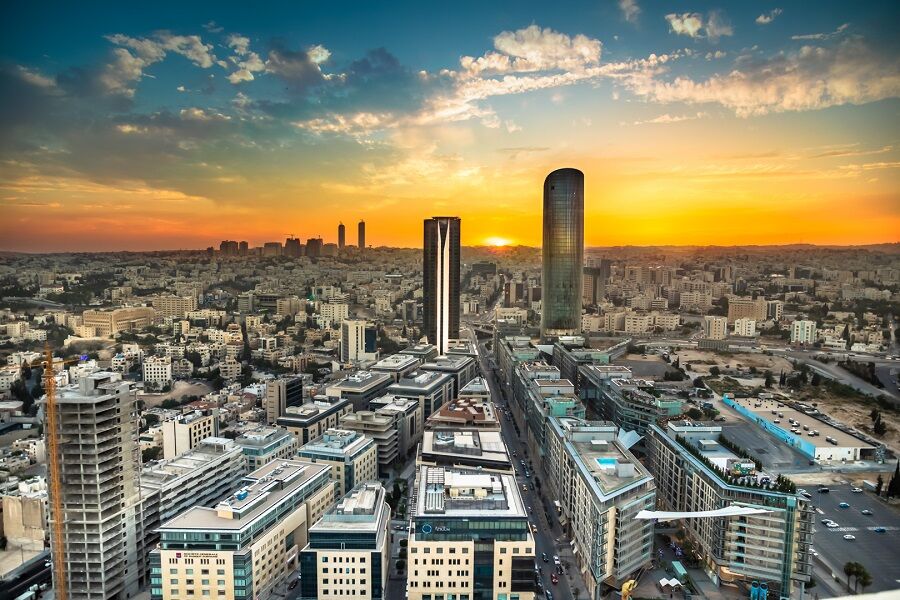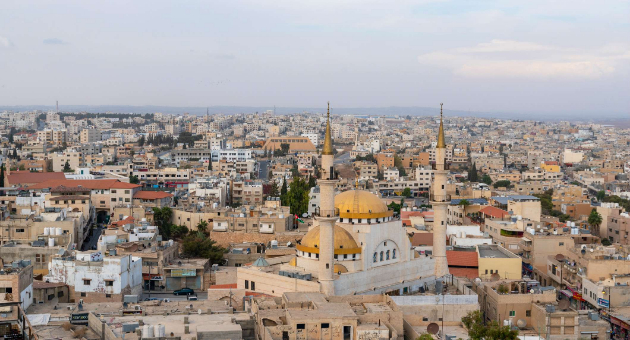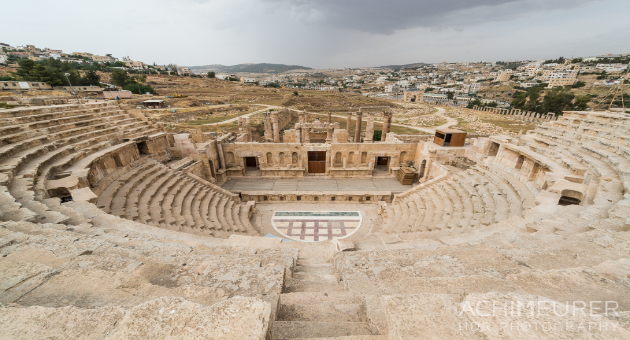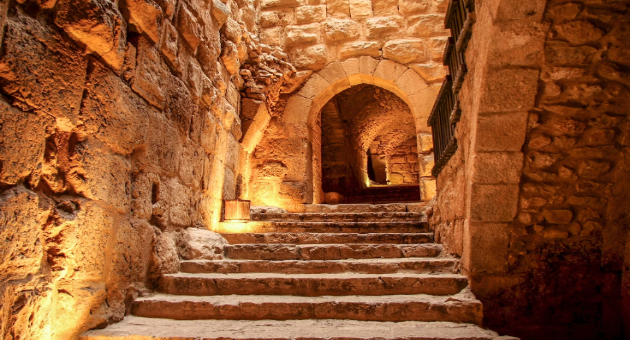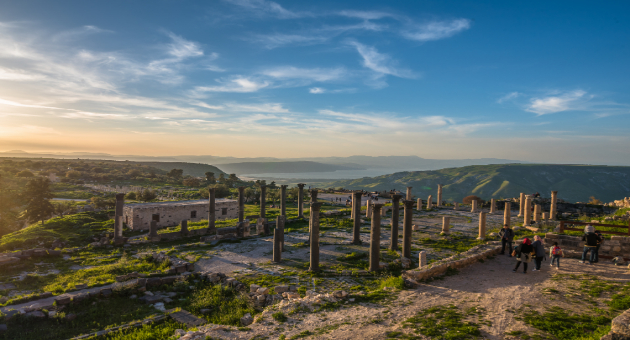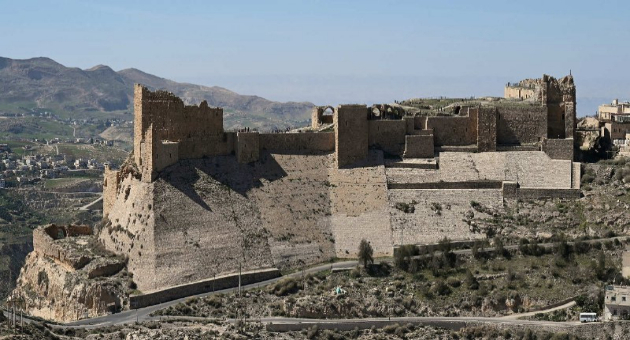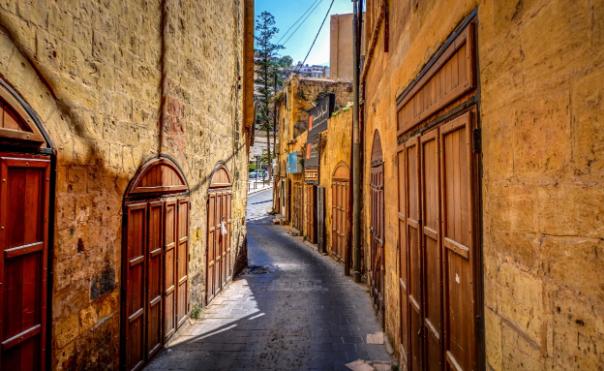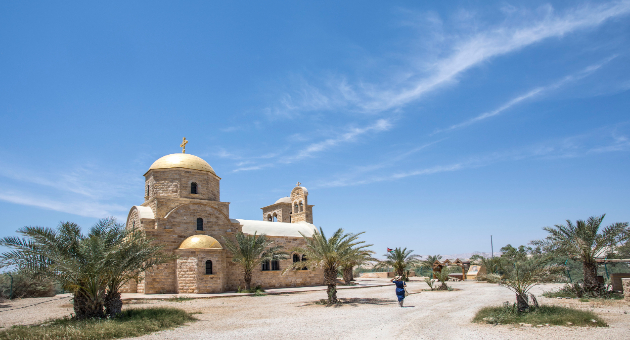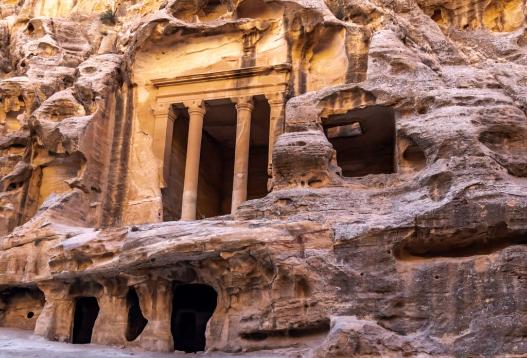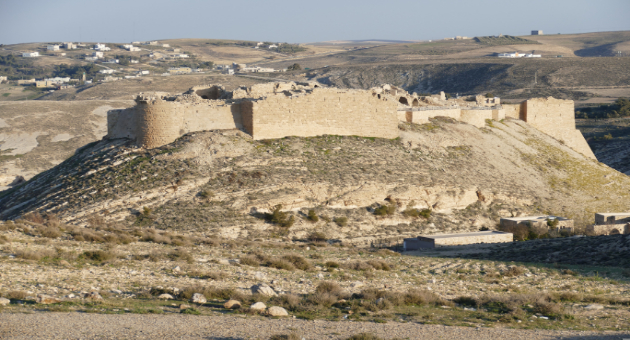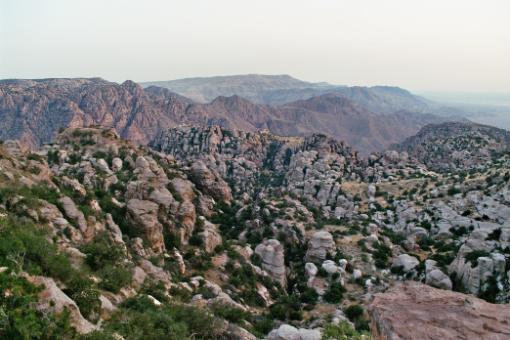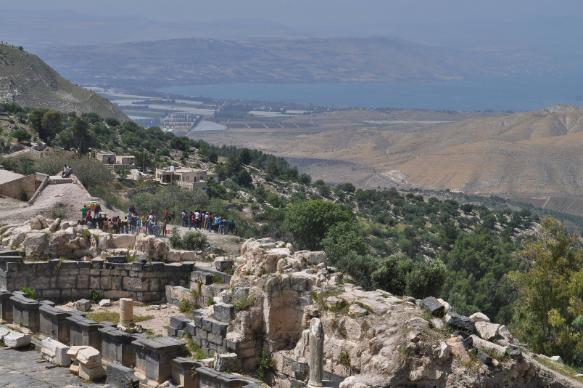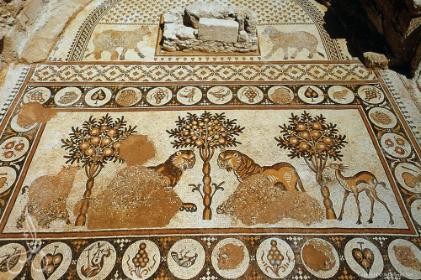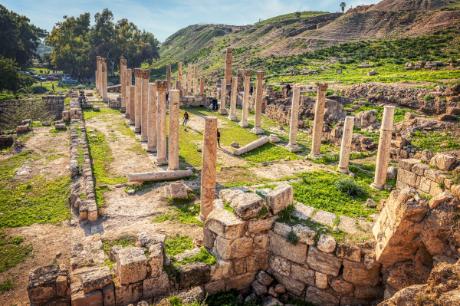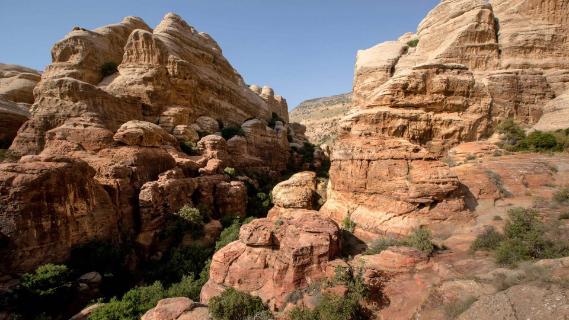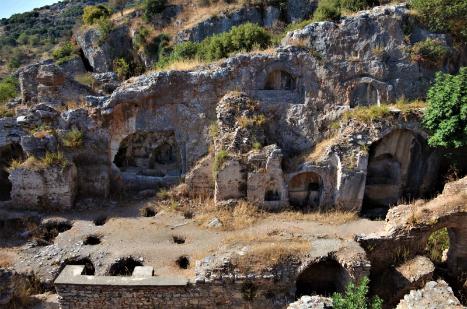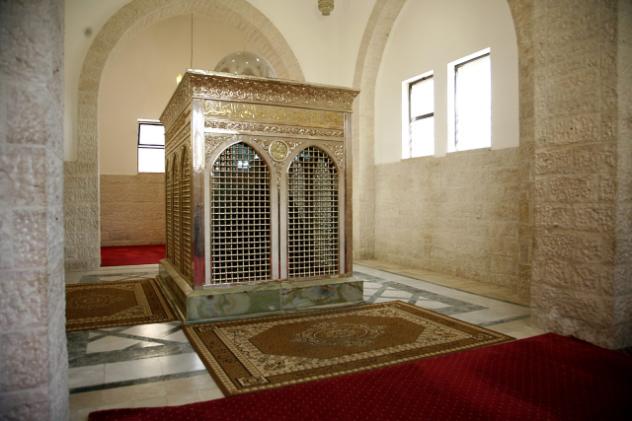About Jordan

The Hashemite Kingdom of Jordan, located at the crossroads of civilizations, boasts a rich heritage despite its youth. With a history dating back millennia, its strategic importance as a trade hub has attracted empires like the Nabataeans, Greeks, Romans, and Ottomans. These influences have left their mark on Jordan's landscape and culture. Moreover, Jordan's population reflects its diverse history, with Arabs living alongside Circassians, Chechens, Armenians, Kurds, and Bosnians. Since its inception in 1946, waves of immigrants from Palestine, Iraq, and Syria have further enriched its cultural fabric. In the modern era, Jordan stands as a testament to harmony and coexistence, blending tradition with progress. It serves as an oasis of peace in a tumultuous region, embracing both its ancient past and contemporary advancements. Jordan's story is one of resilience and adaptation, where the echoes of its past reverberate through its bustling cities and serene landscapes, offering a glimpse into its enduring spirit.
Fast Facts
- Official Name: Hashemite Kingdom of Jordan
- Independence Day: May 25, 1946
- Government Type: Constitutional Monarchy
- Current Monarchs: King Abdullah II, Queen Rania
- Capital: Amman
- Population: Approximately 10.492 million
- Official Language: Arabic; English is widely spoken
More Facts
- Religious Composition: Sunni Muslim 92%, Christian 6%, Miscellaneous 2%
- International Airports: Queen Alia in Amman, King Hussein in Aqaba
- Lowest Point: Dead Sea (-408m)
- Highest Point: Umm ad Dam (Rum) (1,854m)
- Time Zone: UTC +2
- Currency: Jordanian Dinar (JD) and fils. Coins: 10, 25, 50, 100, 250, and 500 fils. Notes: JD1, 5, 10, 20, and 50.
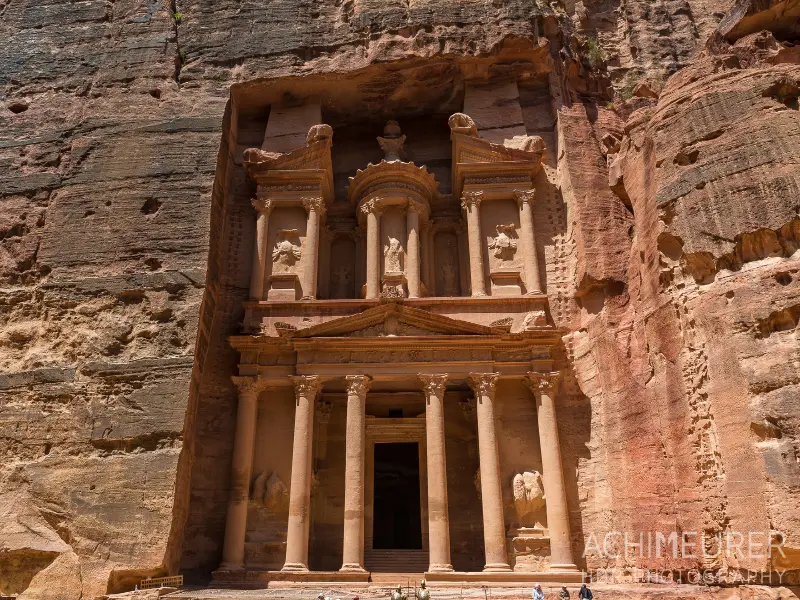
.webp)

